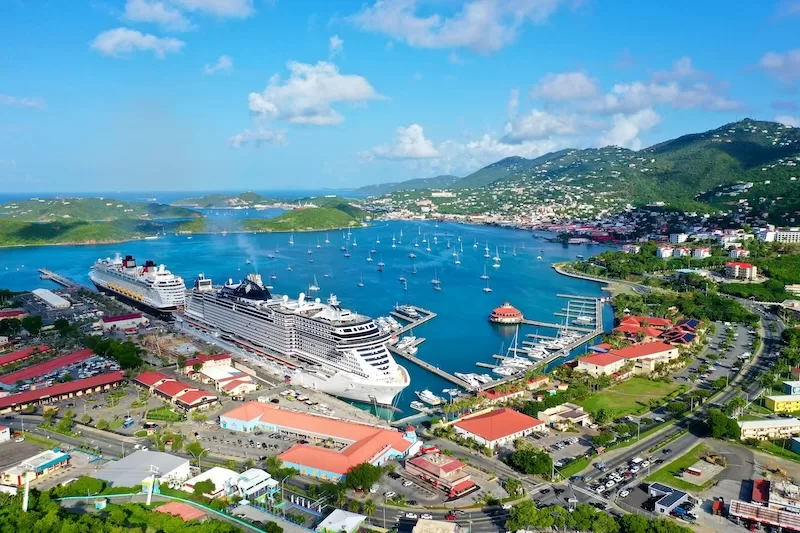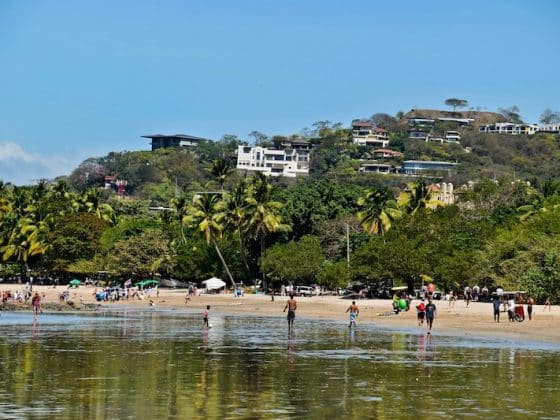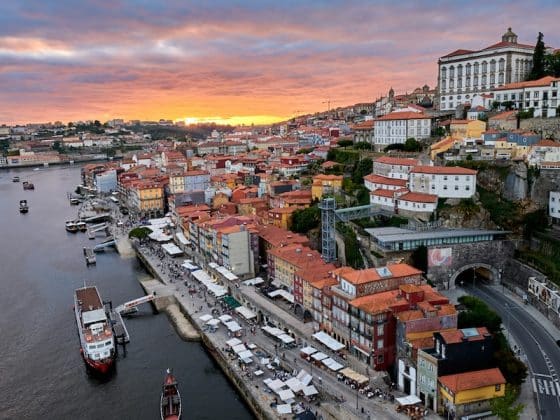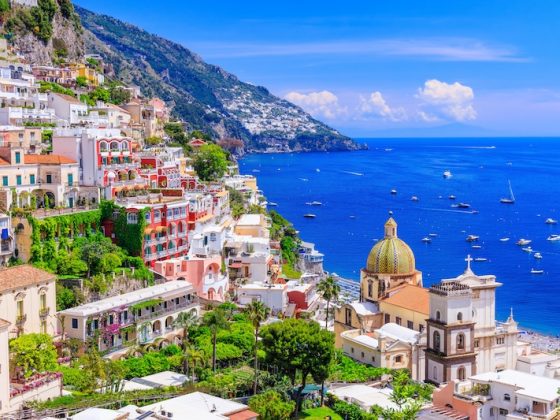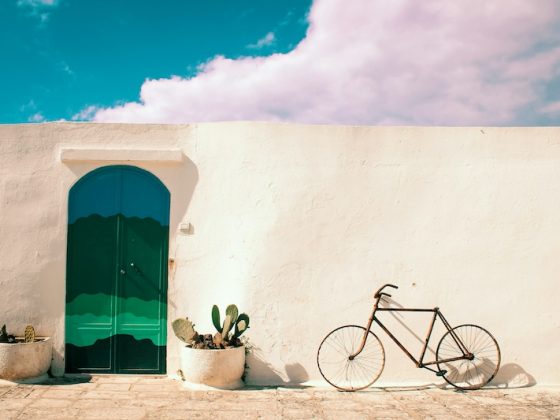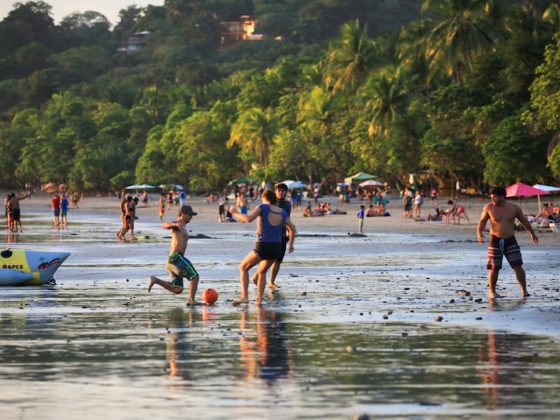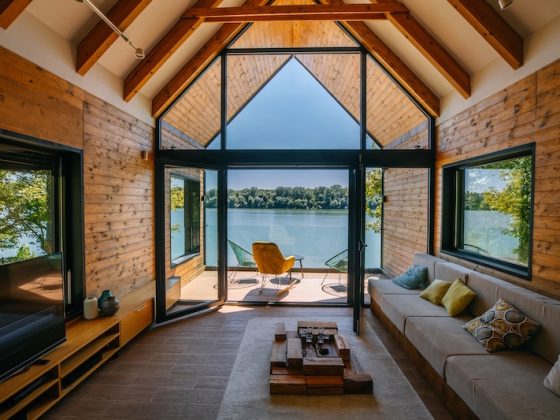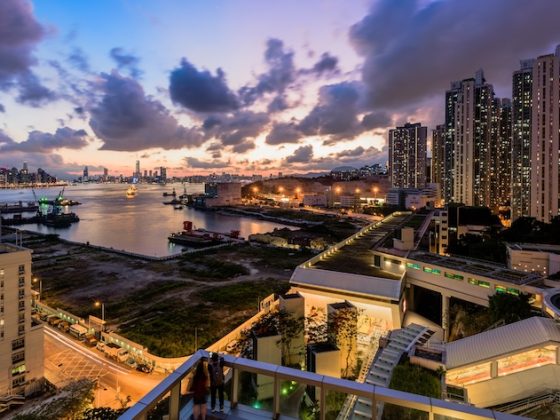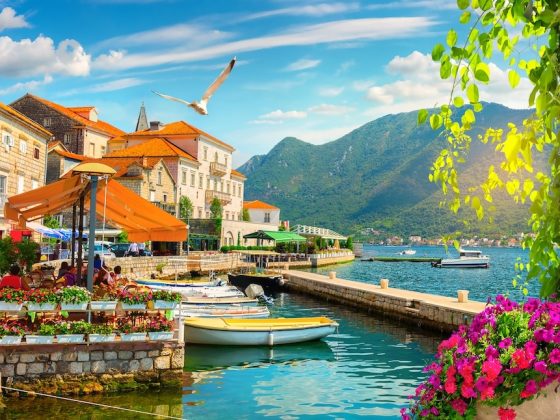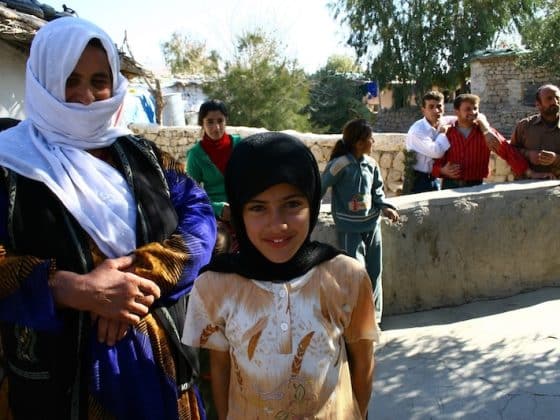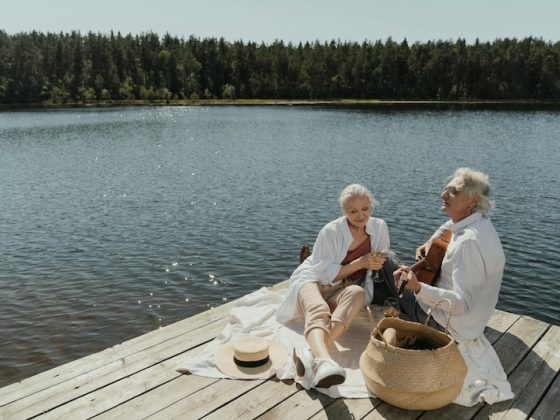Introduction
Imagining living in the US Virgin Islands often conjures shimmering turquoise water, relaxed mornings and a slower pace of life. Yet moving matters: cost, infrastructure, local heritage and island-specific quirks shift the story. This guide takes you beyond the postcard to a grounded picture of what life in the US Virgin Islands involves. You’ll find data, narratives and actionable insights so you understand what you’re signing up for, and how to shape your move for success.
Why people are drawn to living in the US Virgin Islands
The islands’ legal status and ease of move
One of the biggest appeals of living in the US Virgin Islands is how simple it is for U.S. citizens to make the move. As an unincorporated U.S. territory, the islands offer a kind of gentle relocation: familiar currency, same legal system, English as the primary language, and no need for visas or complex paperwork. Setting up a bank account, registering a business, or accessing healthcare feels intuitive because the institutions operate under U.S. law. For many, this creates a rare blend: a place that looks and feels worlds away from the mainland yet still functions within its framework. It lets people trade suburbia for ocean views without the complications of international bureaucracy.
Climate, nature and lifestyle
Across St. Thomas, St. John, and St. Croix, life follows the light. Mornings arrive bright and early, with the sound of roosters and the scent of salt in the air. The heat builds slowly through the day, and by late afternoon, the world slows down. People linger longer in conversation. Children play barefoot in the fading light. Ceiling fans drone through open windows.
The draw is less about escape and more about alignment; a return to natural tempo. The islands’ hills and coves invite daily movement: swimming, hiking, paddleboarding, or simply walking to the market for fruit picked that week. Sunlight shapes the hours, and sea breeze resets the mind. Even ordinary routines (hanging laundry, walking to work, buying bread) take on a sensory richness that feels almost forgotten elsewhere.
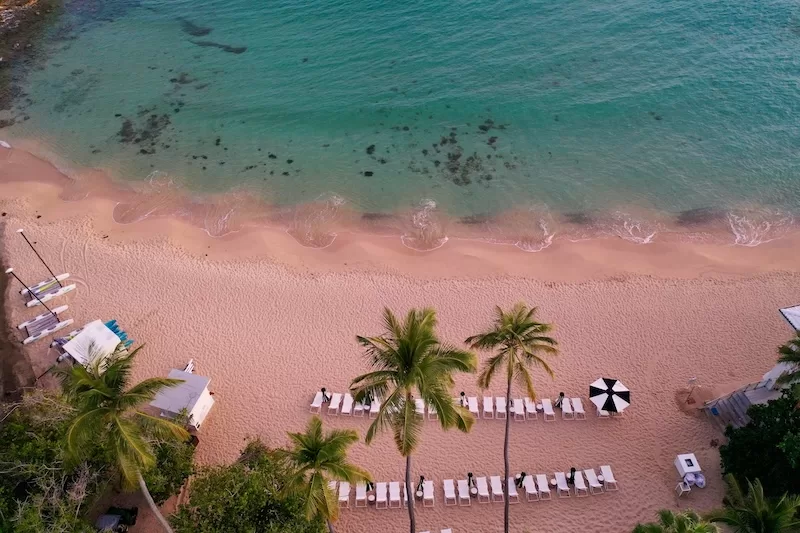
Where to live: St. Thomas, St. John, St. Croix compared
Every island has character; choosing one is about trade-offs.
St. Thomas
St. Thomas is the island that feels most connected to the outside world. Cruise ships pull into Charlotte Amalie, the capital, bringing a flash of bustle before the afternoons grow quiet again. The roads climb through emerald hills that drop into cobalt bays, and from high up, you can see the ribbons of white sand curving along the coast. Grocery stores, cafés, and hardware shops are easy to reach; errands that take a whole day on smaller islands can be done before lunch here. The trade-off is space and solitude: convenience means more movement, more people, more noise. Still, it has a vibe that’s hard not to like: weekends spent snorkeling off Sapphire Beach, weekday mornings punctuated by the whirr of scooters and the call of street vendors selling mangoes by the harbor. St. Thomas fits those who want island life without fully letting go of modern buzz.
Note: cost of living in St. Thomas is around 32% above the U.S. national average.
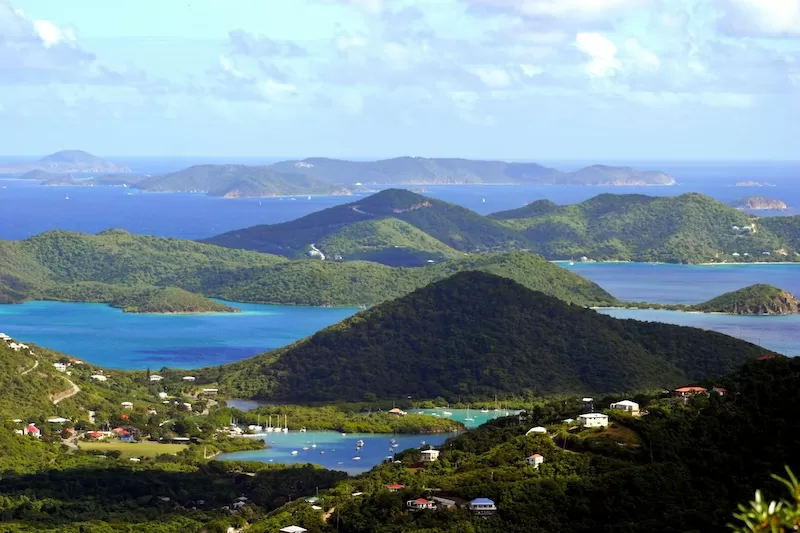
St. John
St. John is the wild heart of the US Virgin Islands. Two-thirds of its land belongs to the Virgin Islands National Park, and it shows. Roads twist through dense green canopies where donkeys and deer wander freely. The beaches look like they belong to another century, with soft sand, clear shallows, and no lines of beach chairs in sight. Coral Bay and Cruz Bay serve as small anchors for daily life, with a handful of grocery shops, bars, and cafes that close when the sun does. Supplies can take time to arrive, and errands require patience, but the reward is solitude. You hear more birds than cars, and time starts to stretch differently. For those drawn to nature and sturdy social fabric, St. John offers a raw, restorative living that’s rare in the Caribbean.
Note: cost of living here is elevated: one source estimates 41% higher than U.S. average.
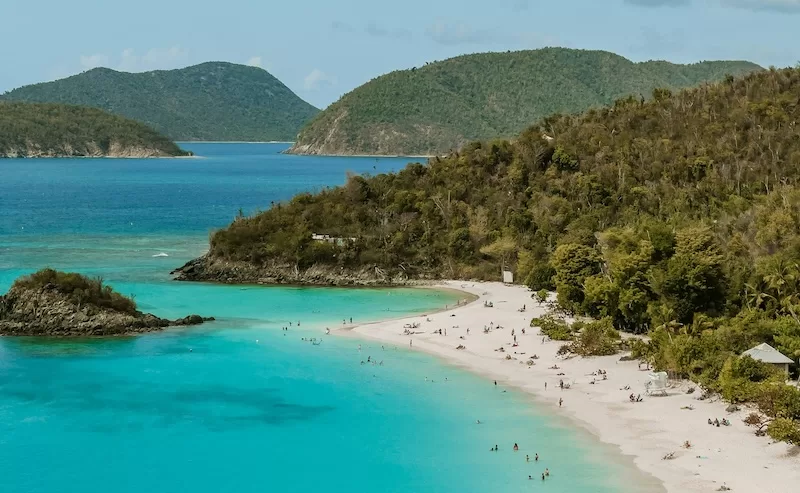
St. Croix
St. Croix is the largest of the three islands and carries a grounded sense of identity. The towns of Christiansted and Frederiksted still echo the island’s Danish past, with pastel facades and wrought-iron balconies overlooking the water. Fewer cruise ships dock, and conversations linger longer in small cafés and roadside stands. The landscape opens wider too: rolling farmland, rainforest trails, beaches where you can still be completely alone. Locals describe it as a place where you can truly live, not just stay. There’s space to grow food, join community projects, or simply watch the sun rise over the Caribbean without a crowd in sight. St. Croix attracts people who want connection more than convenience, a sense of belonging rather than escape.
Cost of living and financial realities of living in the US Virgin Islands
Typical budget for a single person
A realistic monthly budget for a single person living in the US Virgin Islands often falls between US $2,200 and $3,000, depending on island and lifestyle. Rent usually takes the biggest share of that number. A modest one-bedroom apartment in a standard neighborhood averages around US $1,000 per month, though prices climb quickly if you want ocean views or air-conditioning. Groceries, fuel, and eating out are more expensive than most people expect: a gallon of milk can cost twice what it does on the mainland, and even basic produce feels like a small luxury.
A single professional or remote worker who cooks at home and keeps entertainment simple can live comfortably but not extravagantly. Nights out, imported goods, or frequent inter-island travel push the budget upward fast. Many expats describe the cost of living here as similar to living in an upscale coastal U.S. city, just with better scenery and less noise.
Family budget and housing costs
For a family of four, costs rise to US $5,000–7,000 per month once rent, utilities, groceries, schooling, and transport are factored in. The overall cost of living is about 59% higher than on the U.S. mainland, largely because almost everything arrives by ship or plane. Larger homes are in short supply, and beachfront or hillside properties command a premium. Families often choose between proximity to schools and access to the beach; having both usually means a higher mortgage or rent.
Furnished housing can save on shipping costs, but the trade-off is less flexibility in style and layout. Many newcomers underestimate how long it takes to find the right home. Island housing markets move slower, and good properties are snapped up through word of mouth. Planning a temporary rental for the first few months is often the smoother path.
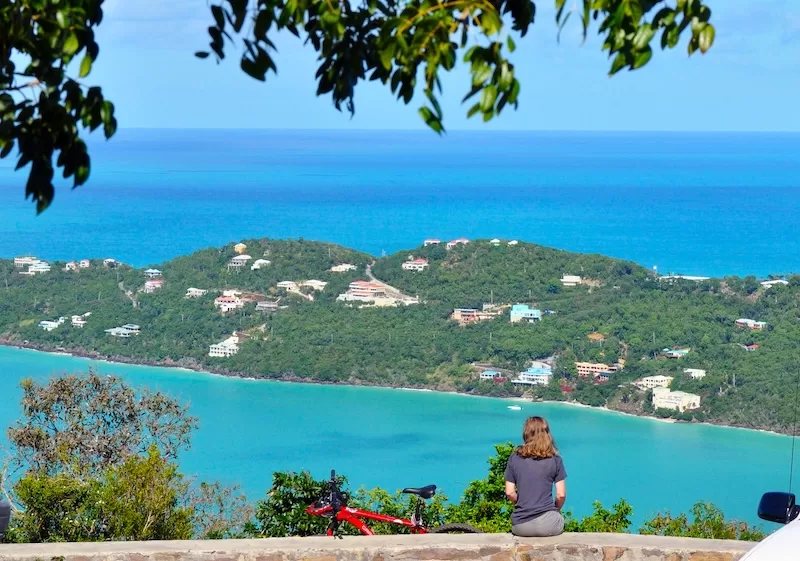
A basket of everyday items can cost up to 95% more than on the mainland. Even local produce is priced higher because much of it is grown in small batches or imported from neighboring islands. Power and water bills also sting: utilities can run about 65 % above the U.S. average, and consistent air-conditioning or laundry will drive them higher.
And let’s not forget about shipping. Living on an island means every large purchase becomes a small logistics project. Cars, appliances, even furniture are often shipped in by barge, adding weeks and hundreds of dollars in fees. It’s common to see neighbors coordinate container shipments or share space to split costs.
Practical considerations: work, healthcare, infrastructure
Employment opportunities and remote work
Work in the US Virgin Islands revolves around a few steady pillars: tourism, hospitality, construction, and government. Cruise ship arrivals and resort operations keep much of the local economy turning. Jobs in these sectors can offer a foot in the door, but wages are generally lower than on the mainland, while living costs are higher. That imbalance makes financial planning essential if you’re relying on a local paycheck.
Many newcomers arrive with remote jobs or freelance setups, which often proves to be the most sustainable route. A U.S. salary paired with island living gives you the freedom to enjoy the unhurried routine without constant financial strain. Reliable internet is available in most populated areas, and many professionals work from verandas, co-working cafés, or home offices overlooking the ocean.
If you plan to build a local business, it’s possible but patience is key. Import permits, supply logistics, and small-market realities can stretch timelines. Success often depends on tapping into social networks (not virtual ones) rather than relying on traditional advertising.
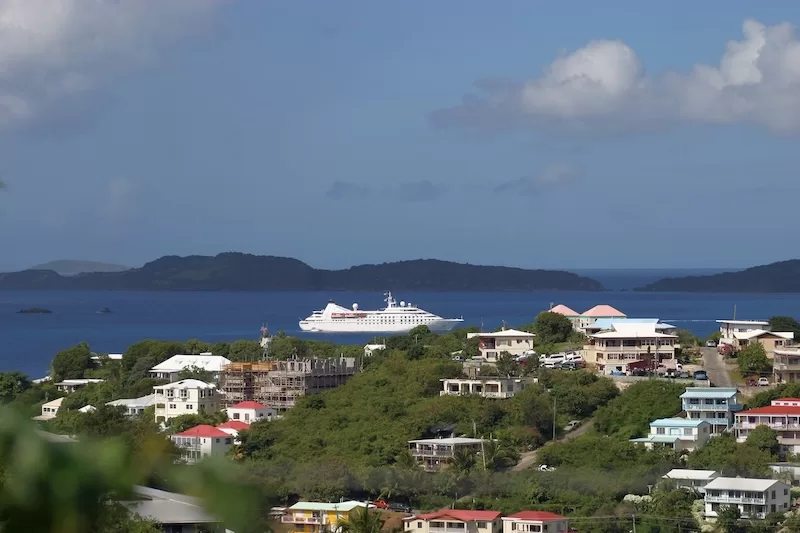
Healthcare and education
Healthcare in the USVI can meet basic needs, but it’s not comparable to a large U.S. city. Facilities are smaller, specialists are limited, and serious cases often require evacuation to Puerto Rico or the mainland. Many residents carry supplemental insurance to cover those transfers. Pharmacies are well stocked, but prescription refills can take longer due to shipping schedules.
Families tend to plan schooling carefully. There are public and private options across the islands, but space is limited, and quality varies. Some parents send children to boarding schools or universities on the mainland once they reach higher grades. It’s a trade-off many make for stability and opportunity, while enjoying early years in a community-oriented, outdoor lifestyle that most kids love.
Utilities, internet, hurricane season & logistics
Island living means learning to adapt. The hurricane season runs from June through November, and even mild storms can disrupt water and power for days. Generators are common household essentials, and keeping extra drinking water and canned food is part of the norm. The islands’ power grid is fragile, and electricity costs are among the highest in the Caribbean. Air-conditioning becomes a luxury to be managed strategically rather than used freely.
Internet access varies by area, fast enough for remote work in most parts of St. Thomas and St. Croix, slower in the hillier or more rural corners of St. John. Packages and appliances can take weeks to arrive, and ferry schedules shape much of daily life.
To thrive here, you plan, you adjust, and you let small inconveniences slide. The reward is the trade-off most islanders happily accept: less predictability, more presence.
Lifestyle and culture: what daily life feels like
Community vibe & local culture
Living in the US Virgin Islands means joining a world where two cultures overlap: the familiar framework of U.S. systems and the spirit of the Caribbean. It’s a place where formalities fade fast, and greetings matter more than schedules. “Good morning” and “Good afternoon” are part of daily etiquette. Conversations stretch longer, strangers call you by name after two meetings, and everyone seems to know someone who can help fix what you need.
There’s a social warmth here that can feel like stepping back in time. People trade homegrown fruit, fish, and advice. Sunday gatherings spill out of backyards with the smell of grilled mahi-mahi and soca music vibrating through the air. On St. Croix, residents often describe their community as “small but strong”, a mix of old island families, new arrivals, and transplants who came for a season and never left.
At the same time, island living rewards patience. Bureaucracy moves slowly, power outages happen, and a passing storm might close the post office for the day. It’s not a place for people who need constant structure, but it can give something rare in return: a feeling of belonging that runs deeper than convenience.
Leisure, transport and island life routines
Daily life in the USVI is guided by light and tide. The sun rises early and sets quickly, so mornings are when things get done. By midday, the heat presses down and the island slows. Locals take lunch in the shade, schoolchildren walk home with uniforms untucked, and businesses close for an hour or two. The afternoon breeze brings everything gently back to life.
Transportation is simple but not always fast. Roads wind through hills and along cliffs, lined with hibiscus and rusted trucks. Ferries connect St. Thomas and St. John several times a day, and small planes or charter boats link St. Croix. Many residents own a car: not a luxury model, but something sturdy enough for potholes and salt air.
Evenings tend to belong to the water. A quick swim before dinner, a rum cocktail as the sky burns pink, a friend’s band playing at a beach bar. Social life happens outside: barbecues that stretch into the night, domino games under streetlights, the thump of soca drifting down from a hilltop house. Plans often shift with the weather, and no one minds much.
Weekends bring open-air markets, church gatherings, and boat trips to neighboring cays. Rain might send everyone indoors for a few hours, but when it clears, the island comes alive again.
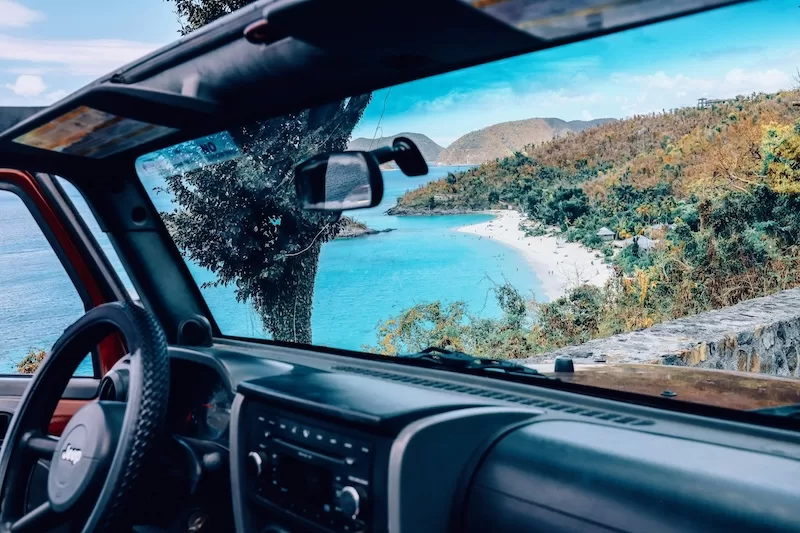
Other factors that shape daily life
Groceries and errands march to the beat of their own drum. Shipments arrive weekly, so you learn to adapt menus to what’s available: mangoes when they’re ripe, plantains when they’re cheap, imported cheese only on paydays. Weekend markets and roadside stands fill the gap, turning shopping into a social ritual.
Faith and community events also hold weight. Church services, cultural festivals, and parades mark the calendar more than national holidays. Carnival season in particular transforms the islands. Music, costumes, and joy spill into every street, uniting locals and expats in one loud, shared heartbeat.
Technology and infrastructure shape life too. Internet speeds can vary, and cell service drops in mountain pockets. Deliveries can take weeks, but the trade-off is a reconnection to physical life.
Pros & cons round-up
Life in the US Virgin Islands has a texture many dream about, but it also comes with realities that demand flexibility and planning. Here’s a more textured look at what life gives, and what it quietly takes back.
Pros
U.S. territory, familiar systems
You live under U.S. law, use U.S. dollars, and keep your American passport. Banking, healthcare, and postal services follow mainland rules, which simplifies relocation and daily logistics. It feels foreign in setting but familiar in structure, a balance few island destinations can offer.
Endless summer and ocean access
The climate is reliably warm, with trade winds that soften even the hottest months. The ocean is never far away. Mornings might start with a swim before work, weekends with a sail or a snorkel. Seasons shift more by light and rainfall than by temperature, so life naturally moves outdoors.
Island culture and easy connection
Traditions blend Caribbean roots, African heritage, and American influence. You feel it in the food, the language, and the music. There is a strong sense of community; birthdays turn into block parties, and strangers still say good morning. Steel pan melodies drift through festivals, and life feels human-scale, connected, and immediate.
Remote work potential
For those with remote jobs, the arrangement works beautifully. Internet coverage in most populated areas makes it possible to earn mainland wages while living among coconut palms and turquoise water. A laptop and a solid connection can buy the kind of balance many professionals chase but rarely find.
Slower rhythm, higher quality of life
People here measure time by tides rather than traffic. Days unfold with less noise and more space. You rediscover patience, and with it, a kind of calm that gradually reshapes the pace of living.
Cons
High cost of living
Groceries, utilities, and rent are all more expensive than on the mainland. Almost everything is imported by ship, which raises prices. Paradise is beautiful, but it is not cheap, and careful budgeting becomes part of daily life.
Hidden costs and import reliance
Shipping fees, customs delays, and limited product availability can catch newcomers off guard. If you need something specific, you may wait weeks or pay more to get it delivered.
Healthcare and infrastructure limitations
Hospitals and clinics handle general care but not every specialist service. Power outages and repair delays are common. Those with health conditions or little patience for inconvenience will need backup plans.
Hurricane risk and climate realities
From June to November, storms are part of the calendar. Residents keep generators ready, stock up on supplies, and watch forecasts closely. Preparation becomes a habit that builds resilience over time.
Limited job market and economic scope
Outside tourism, construction, and government, job options are narrow. Wages often lag behind mainland levels, so long-term stability usually depends on remote work or small business income.
FAQs
Q1: Do you need a special visa to live in the US Virgin Islands?
No. Because the US Virgin Islands are a U.S. territory, U.S. citizens can relocate there without needing a foreign visa.
Q2: Can a remote worker live affordably in the US Virgin Islands?
Yes, if you maintain a mainland-U.S. salary or remote income, you increase your chances of living comfortably. But you’ll still face higher costs for groceries, utilities and housing than many mainland locations.
Q3: What is hurricane season like in the US Virgin Islands?
Hurricane season runs from June through November. Some years pass quietly, while others bring storms that test infrastructure. Most homes are built with reinforced concrete, and residents prepare early by securing generators, water storage, and insurance coverage. Awareness and planning are part of daily life during these months.
Q4: How does housing compare to the U.S. mainland?
Smaller apartments can be similar in cost to mainland rentals, but larger homes and oceanfront properties rise steeply in price. St. John and St. Thomas tend to be the most expensive, while St. Croix offers more space for the money. Rentals often include basic furnishings, since importing furniture is costly and time-consuming.
Q5: How reliable are healthcare and emergency services?
The islands have hospitals and clinics that cover most basic care, but access to specialists is limited. Serious medical issues often require travel to Puerto Rico or the mainland. Many residents keep private insurance that covers emergency evacuation flights, just in case.
Q6: What is transportation like between the islands?
Ferries run regularly between St. Thomas and St. John, while St. Croix is reached by small plane or charter boat. Owning a car is useful, as public transport is minimal and taxis are not always available outside main towns. Roads are narrow and winding, and driving happens on the left side.
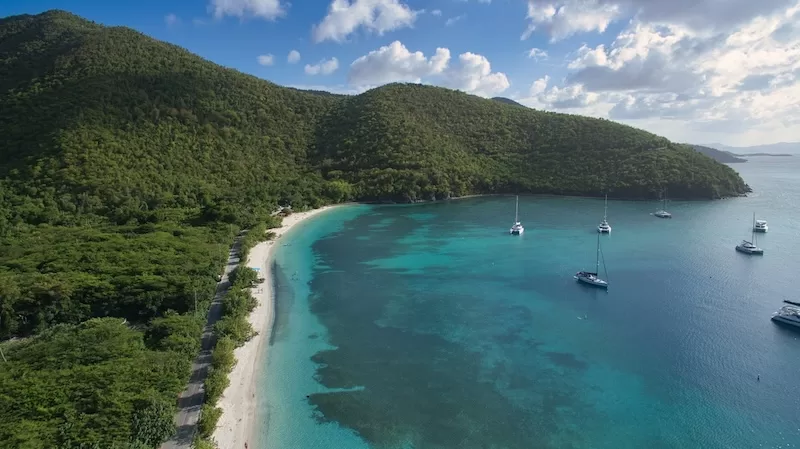
Q7: How fast is the internet on the islands?
Connectivity has improved significantly, especially in populated areas. Broadband and fiber options exist in St. Thomas and St. Croix, though St. John can still experience slower speeds in remote zones. Outages can happen, so many remote workers keep a mobile hotspot as backup.
Q8: Is it easy to buy property in the US Virgin Islands?
Yes, property ownership is open to both locals and U.S. citizens without restrictions. However, land and construction costs are high, and imported materials add time and expense. Working with a local real estate agent familiar with island regulations is essential.
Q9: What are some cultural customs newcomers should know?
Courtesy is important. Always greet people before asking a question or starting a transaction. Punctuality is relaxed, and social life often happens outdoors, from barbecues and church events to Carnival parades. Embracing the more relaxed pace and showing respect for local traditions helps you integrate smoothly.
Q10: How safe are the US Virgin Islands for residents?
The islands are generally safe, especially outside of nightlife districts. Petty theft can occur, as it does in many tourist regions, so common sense goes a long way. Smaller communities often look out for one another, and being part of local networks adds another layer of security.
Settling Into Island Time
Choosing living in the US Virgin Islands is a lifestyle recalibration. You gain generous sunshine, sea breeze and island time, but you also accept higher costs, logistic demands and seasonal risks. Island life rewards those who prepare and adapt. You’ll budget more carefully, plan around ferry schedules, and keep an eye on the weather. In return, you’ll wake up to warm air, open skies, and a community that remembers your name. The trade-offs are real, but so is the reward: a life that feels more grounded, more human, and more yours.
If the pull of the islands is starting to feel less like curiosity and more like calling, take the next step. Subscribe to our newsletter to receive regular updates on relocation, expat life, popular locations, undiscovered gems, real-estate trends, and cost-breakdowns. Your island chapter can begin with clarity, not just daydreaming.
Contact Author
"*" indicates required fields
Stay Ahead on Every Adventure!
Stay updated with the World News on Escape Artist. Get all the travel news, international destinations, expat living, moving abroad, Lifestyle Tips, and digital nomad opportunities. Your next journey starts here—don’t miss a moment! Subscribe Now!
